Turks & Caicos and Caribbean Cuisine Restaurants On Providenciales
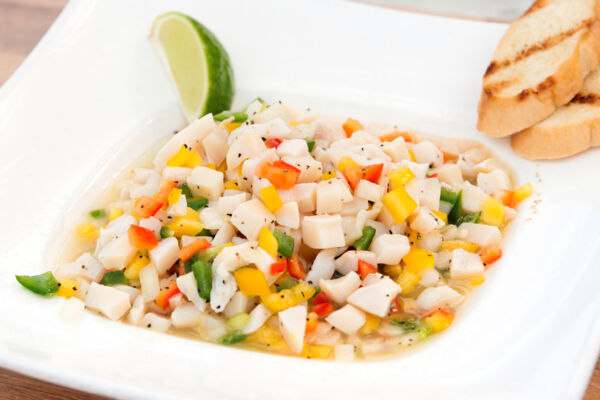
As with most Caribbean destinations, the Turks and Caicos Islands' dishes and flavors have evolved from the necessities and way of life of bygone times.
Turks and Caicos local cuisine has traditionally been centered around fish, lobster, and conch caught in the surrounding ocean, complemented by locally grown and imported grains, cereals, and produce.
As tourism to the islands has increased, international cuisine has overshadowed local flavors at many of the restaurants in the main tourism district of Grace Bay. However, it’s still possible to find some of the long-standing and popular Turks and Caicos dishes, such as fish with peas n’ rice and fish stews, at establishments in the Downtown, Blue Hills, and Five Cays areas.
Seafood
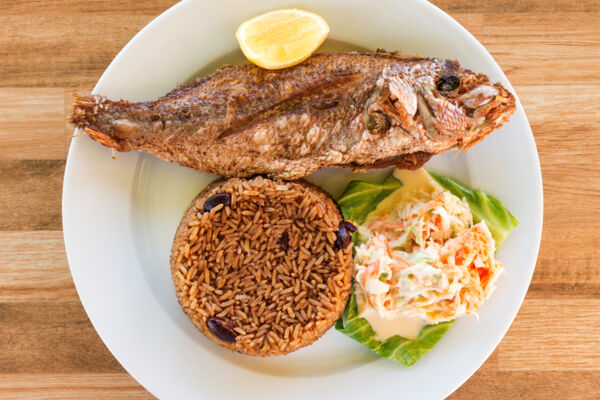
Surrounded by bountiful ocean waters, the Turks and Caicos Islands places seafood at the center of many of its authentic dishes.
Fish—including grouper, snapper, jacks, and tuna—are some of the top catches. Historically, these were pan-poached, fried, and made into stews.
The giant queen conch sea snail is another seafood favorite you can find in several of the country’s most popular dishes. Back in the day, conch could easily be preserved by drying the meat in the sun. Consequently, conch was carried in conjunction with the cornbread journey cake and as provision on fishing and trade boats.
The Caribbean spiny lobster has always been a popular catch in the Turks and Caicos. While the red lobsters of the colder Atlantic waters were once considered by some an undesirable seafood and only collected by the poor, there's no evidence that this was the case with spiny lobster in the tropical Atlantic. In the Turks and Caicos, lobster was perhaps a welcome change from the typical fish-centric diet of the local people.
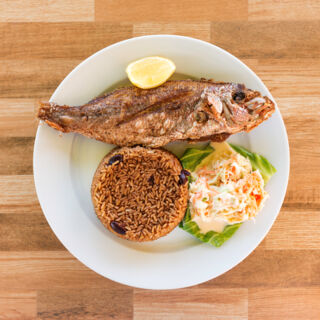
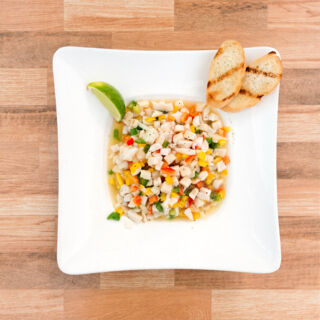
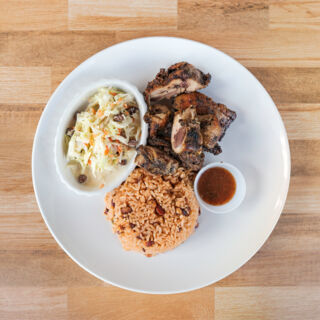
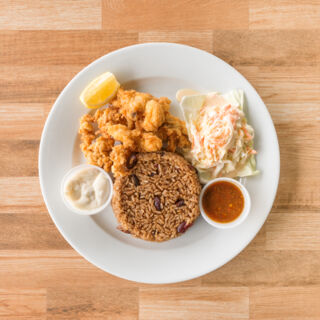
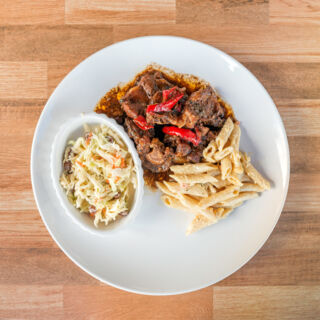
Produce and Agriculture
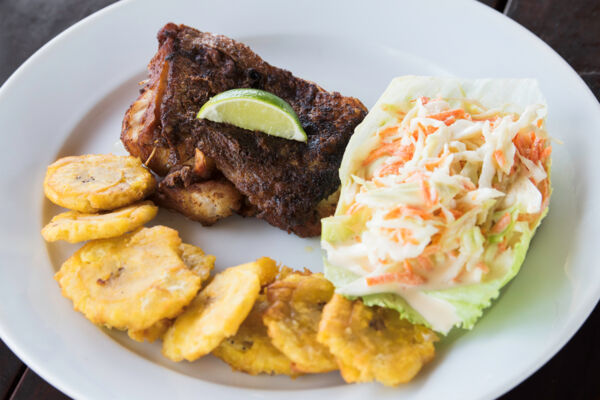
Due to the limited fresh water and soil in the Turks and Caicos, it has always been difficult to raise crops here (several plantation ruins attest to this fact). Drought- and pest-resistant plants, such as varieties of maize, okra, beans, squash, papaya, and plantain, saw greater success and were the favored choices.
Paired with fish or conch, peas and grits was the preferred side dish in the past. It was made from locally grown pigeon peas and maize, which was hand-ground. As time passed and trade between the Turks and Caicos and other countries increased, imported rice replaced maize. Today, peas n’ rice is by far the most common side in local seafood dishes.
Trade between the Turks and Caicos archipelago and the island of Hispaniola (modern-day Haiti and the Dominican Republic) has existed since the days of the indigenous Taíno peoples, and it’s surprising how similar the dynamics were over several centuries. While the people in the islands changed over time, sea salt, dried fish, and conch were still exchanged for produce from the greener island of Hispaniola. The native Taíno’s giant dugout canoes were followed by the Caicos Sloops.
Much of the country’s produce is now imported from the United States. Trade with the Dominican Republic and Haiti still occurs—this is reflected in some local supermarkets, where plantain, guava, salt fish, sugar cane, and sugar apples are sold.
Modern Infusions
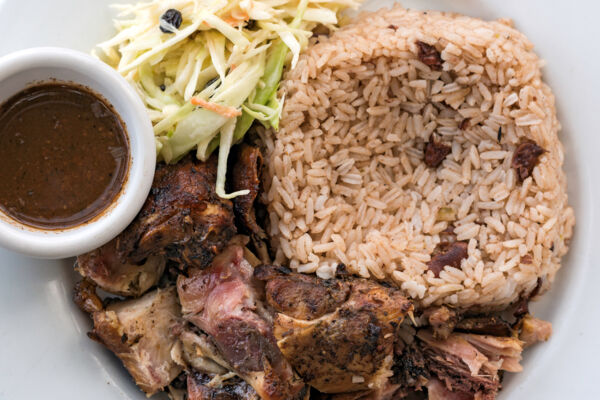
After the collapse of the sea salt industry and sisal plantations, the Turks and Caicos lost much of its national income. Consequently, many Turks and Caicos Islanders migrated to neighboring countries, such as the Bahamas and Jamaica.
When the tourism industry in the Turks and Caicos began to take off in the 1980s and 1990s, emigrants from the country began to return, and they brought regional flavors and recipes with them.
Two such examples are fried conch fritters and conch salad, which have a heavy Bahamian influence. On the spicier side, many versions of jerk chicken, fish, and pork dishes were introduced from Jamaica.
As the luxury tourism market has increased in the Turks and Caicos, it has attracted talented chefs from around the world. There’s a tremendous selection of fine dining restaurants to choose from, and many of these establishments offer dishes inspired by the islands' classic foods. An exciting way to experience them is at the annual Caribbean Food and Wine Festival on Providenciales.
Caribbean Cuisine
Many local restaurants in the Turks and Caicos serve a more regional menu that incorporates dishes from throughout the Caribbean. Flavors such as BBQ, Creole, and Jamaican Jerk or Escovitch are quite popular in the islands. While Dominican and Guyanese roti is a little harder to find, some restaurants do serve it.
Jerk, typically chicken or pork, is one of the most common Caribbean cooking styles in the Turks and Caicos. The meat is flavored with a spicy marinade traditionally made from allspice and Scotch bonnet peppers, and the resulting dishes range from mildly spicy to quite hot.
Turks and Caicos Restaurants
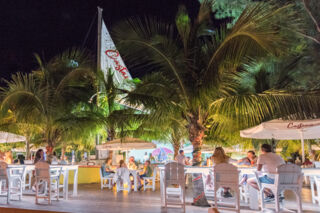




Caribbean Restaurants







